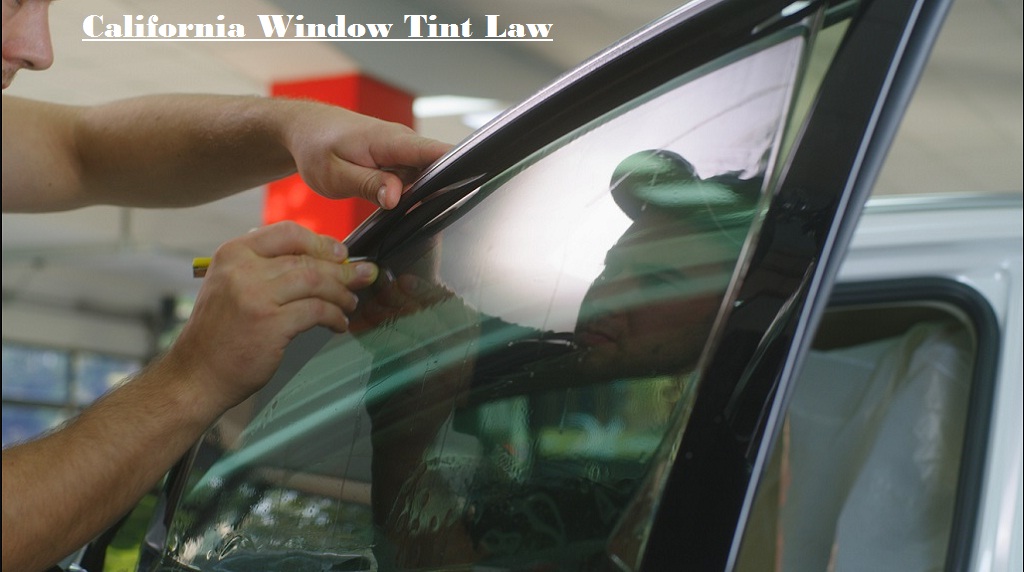California sunshine might be desirable, but excessive heat and glare can be a nuisance while driving. The California Window Tint Law offers a solution, but there are legal guidelines you need to follow. In this article, we provide a comprehensive overview of California’s window tint law, ensuring that your vehicle meets safety standards and avoids unnecessary citations.
Understanding Visible Light Transmission (VLT)
Visible Light Transmission (VLT) is a key term in window tinting law. Hence, it represents the percentage of light allowed to pass through the tinted window. California regulations specify VLT requirements for different vehicle windows.
Window-Specific Tint Allowances
Front Windshield: Only the uppermost four inches can have a non-reflective tint.
Front Side Windows: These windows require a minimum VLT of 70%. This translates to a maximum darkness of 30% tint.
Back Side Windows and Rear Window: There are no restrictions on the darkness of tint for these windows. However, if the rear window has tint, your vehicle must be equipped with dual-side mirrors for safe maneuvering.
Color Restrictions and Reflectivity
While you can achieve a stylish look with tint, some colors are off-limits. Red, amber, and blue tints are prohibited on any windows, as these colors are reserved for emergency vehicles. Additionally, the tint cannot be more reflective than standard untreated glass.
Medical Exemptions
If you have a medical condition requiring darker tints for UV protection (such as a doctor-diagnosed skin condition), you may be eligible for an exemption. Consult your doctor for a medical waiver and ensure it’s properly documented to present to law enforcement if necessary.
Fines and Compliance
Violating California’s window tint law can result in a fix-it ticket. This usually involves a fine per window and requires you to get your windows into compliance with the law to clear the citation.
Getting Your Windows Tinted Legally
When getting your windows tinted, ensure the shop uses film that complies with California’s VLT requirements. Reputable shops will provide a certificate stating the tint’s VLT percentage for your records.
Staying Cool and Legal
California’s window tint laws offer a balance between safety and driver preference. Understanding the regulations and selecting a legal tint will allow you to keep your car cool and stylish while adhering to the law.
Avoiding Fix-It Tickets: Get Your Windows Tinted Right
Following these guidelines ensures your car complies with California’s window tint law. As a result, it is recommended that you have your windows tinted by a professional who is aware of the regulations and only uses VLT-certified film. So, they can advise you on the legal tint of darkness for your desired level of comfort and heat reduction.
Conclusion
By understanding California window tint law, you can customize your car’s look while ensuring optimal visibility for yourself and other drivers. Remember, safety comes first. Get your windows tinted legally and enjoy the California sunshine responsibly!


